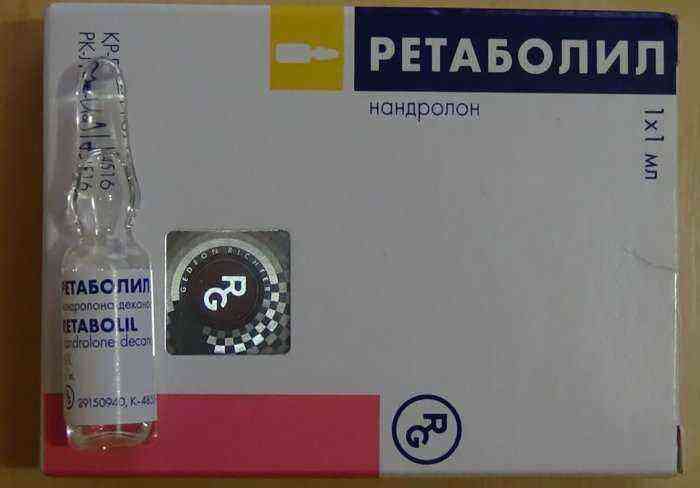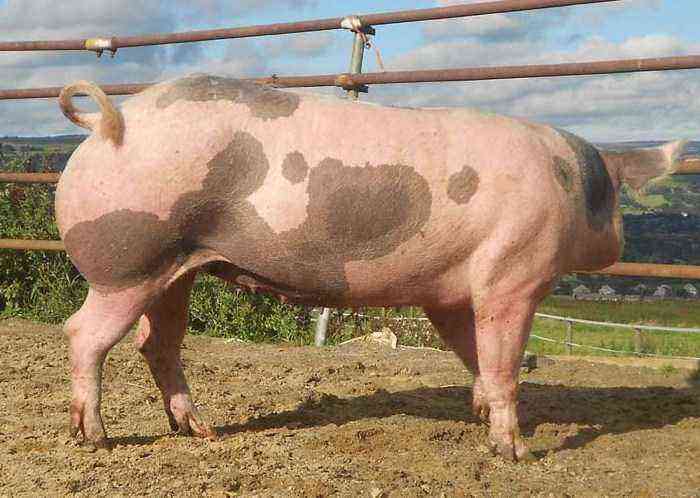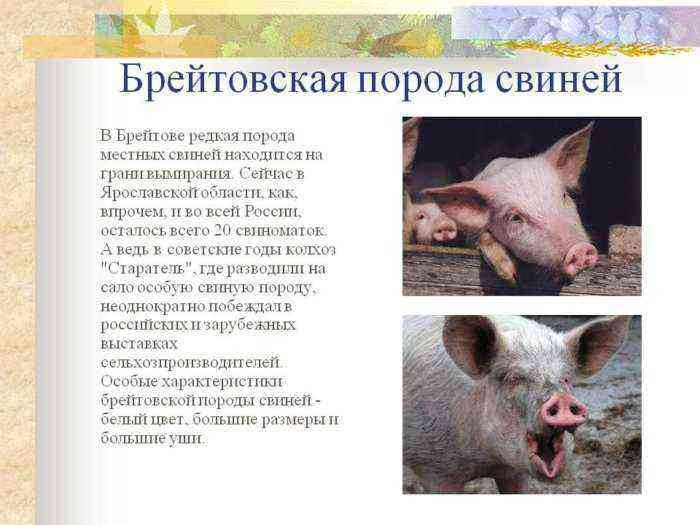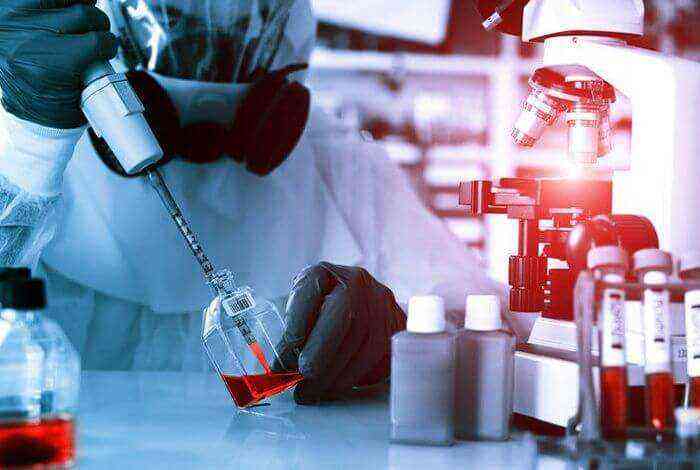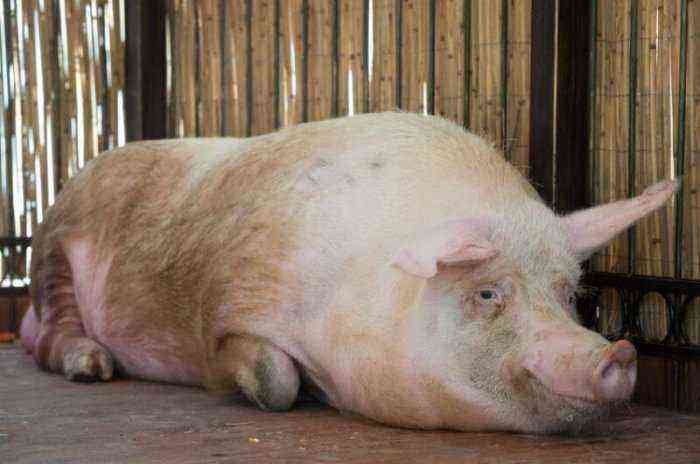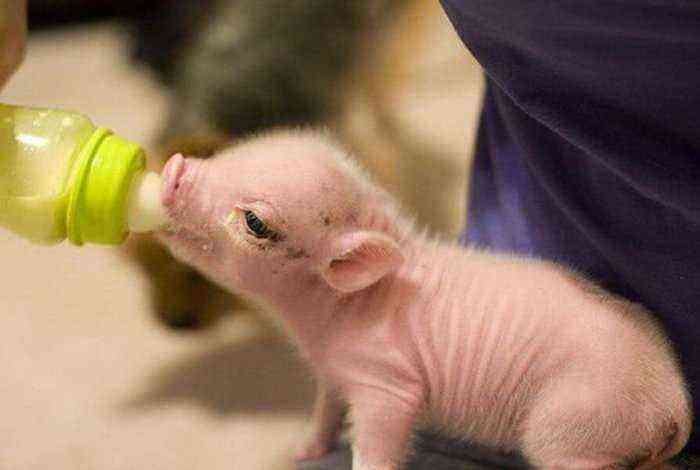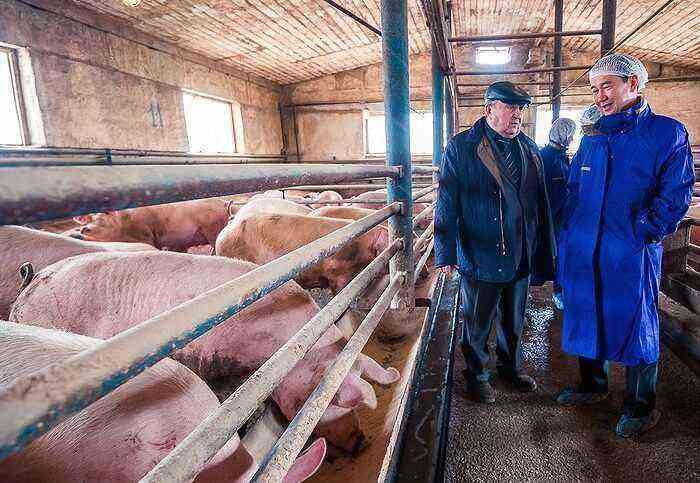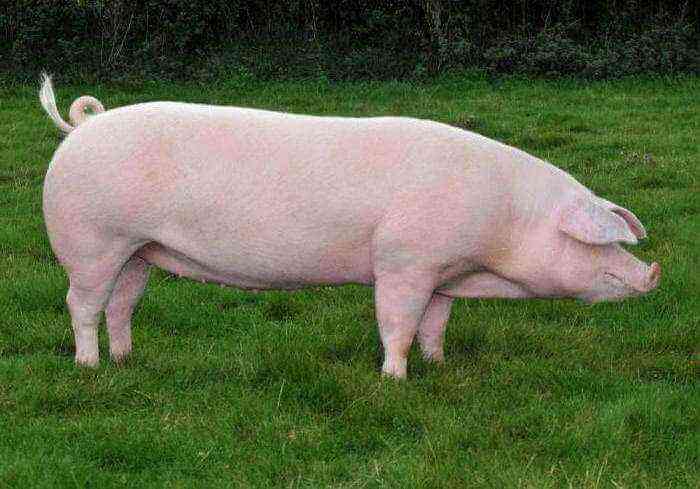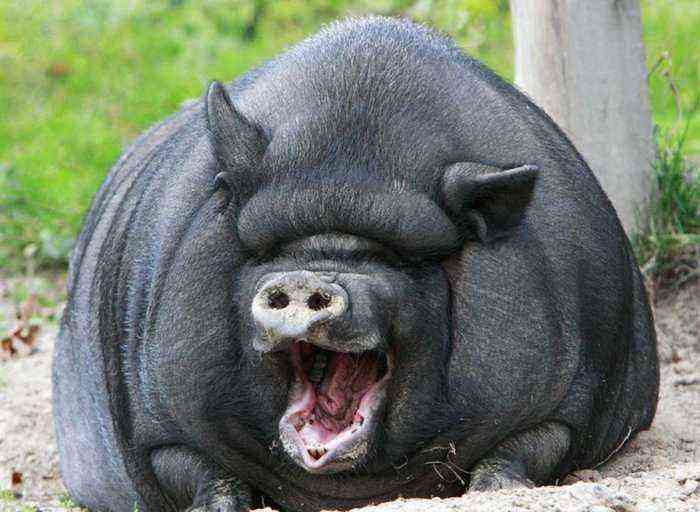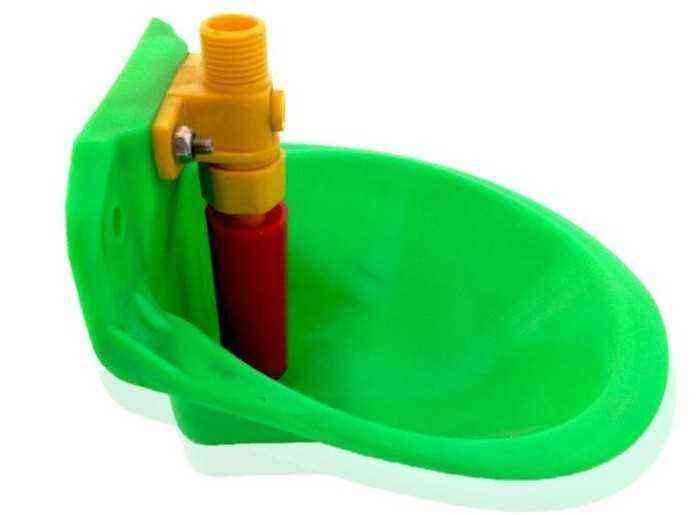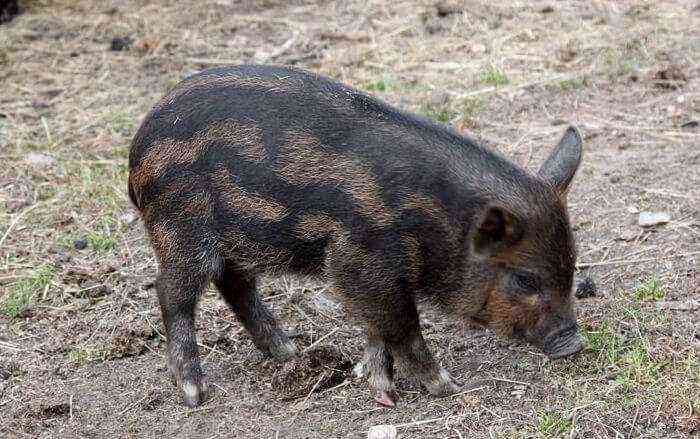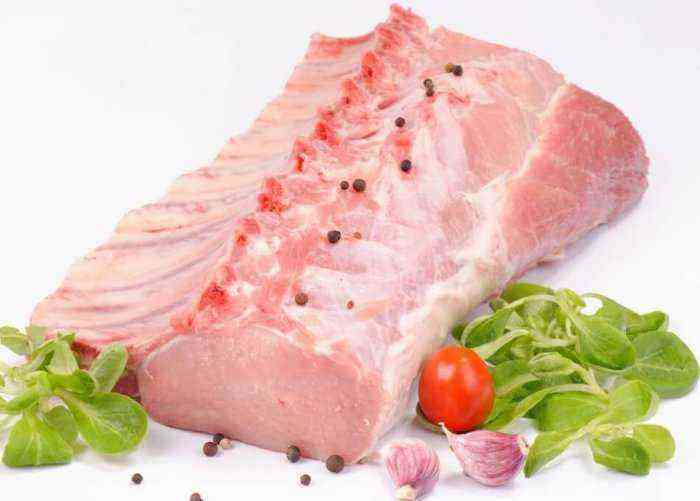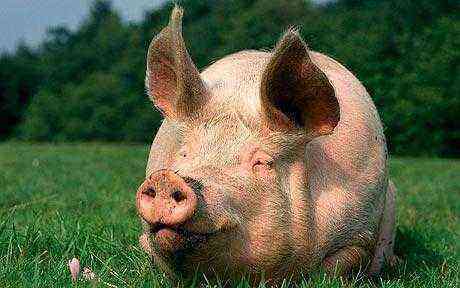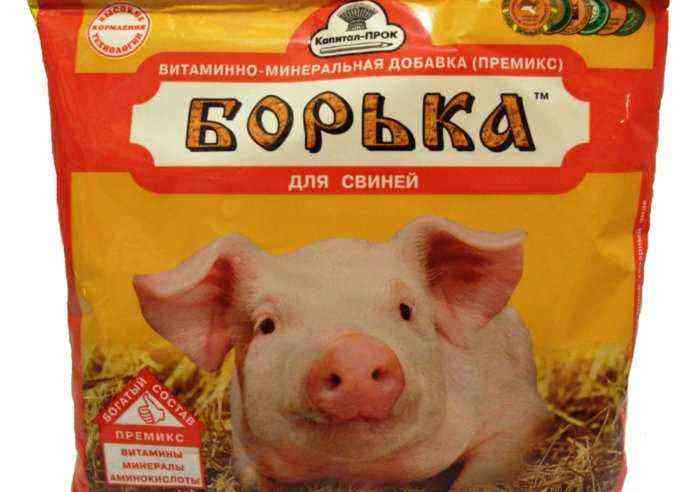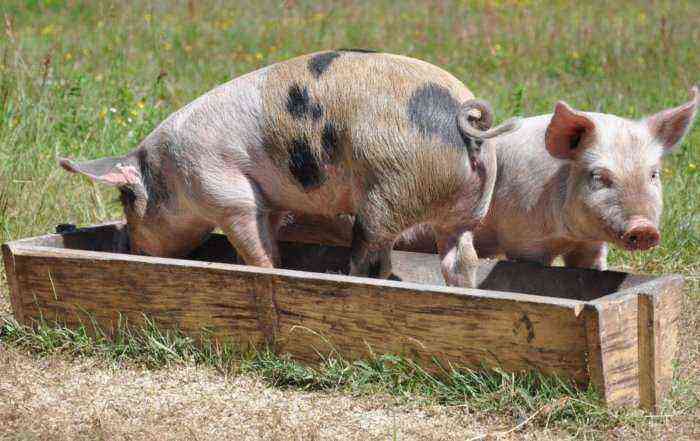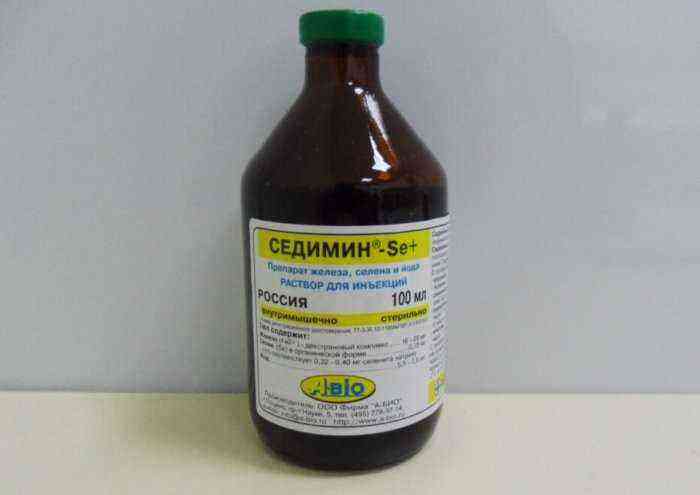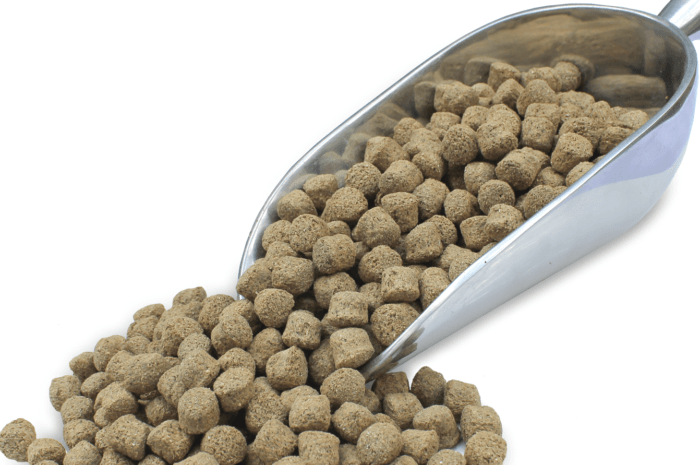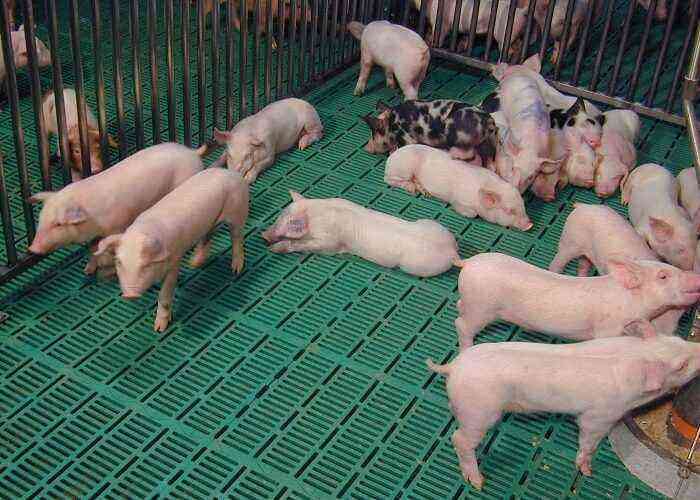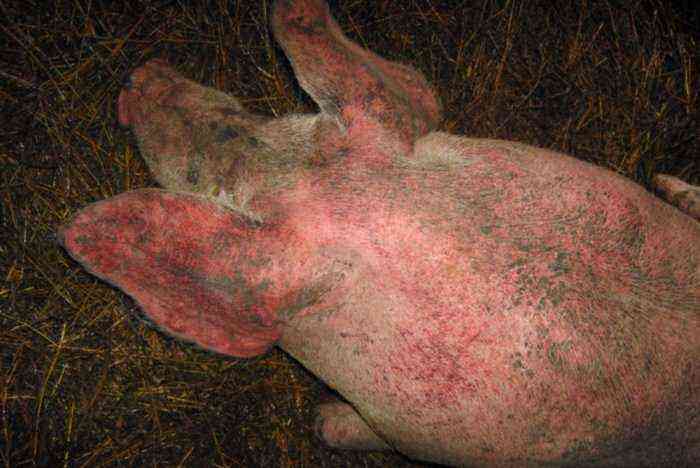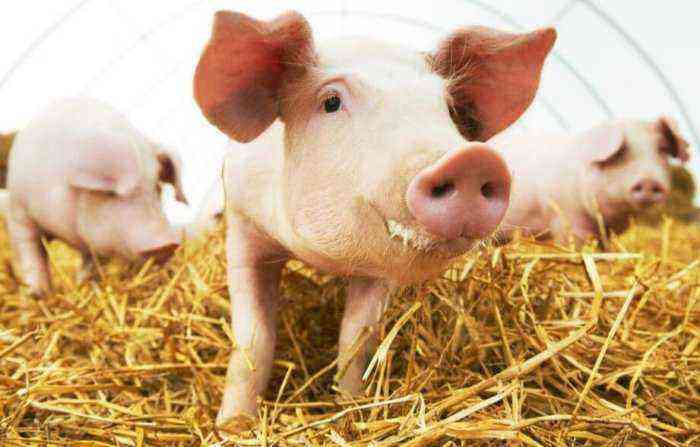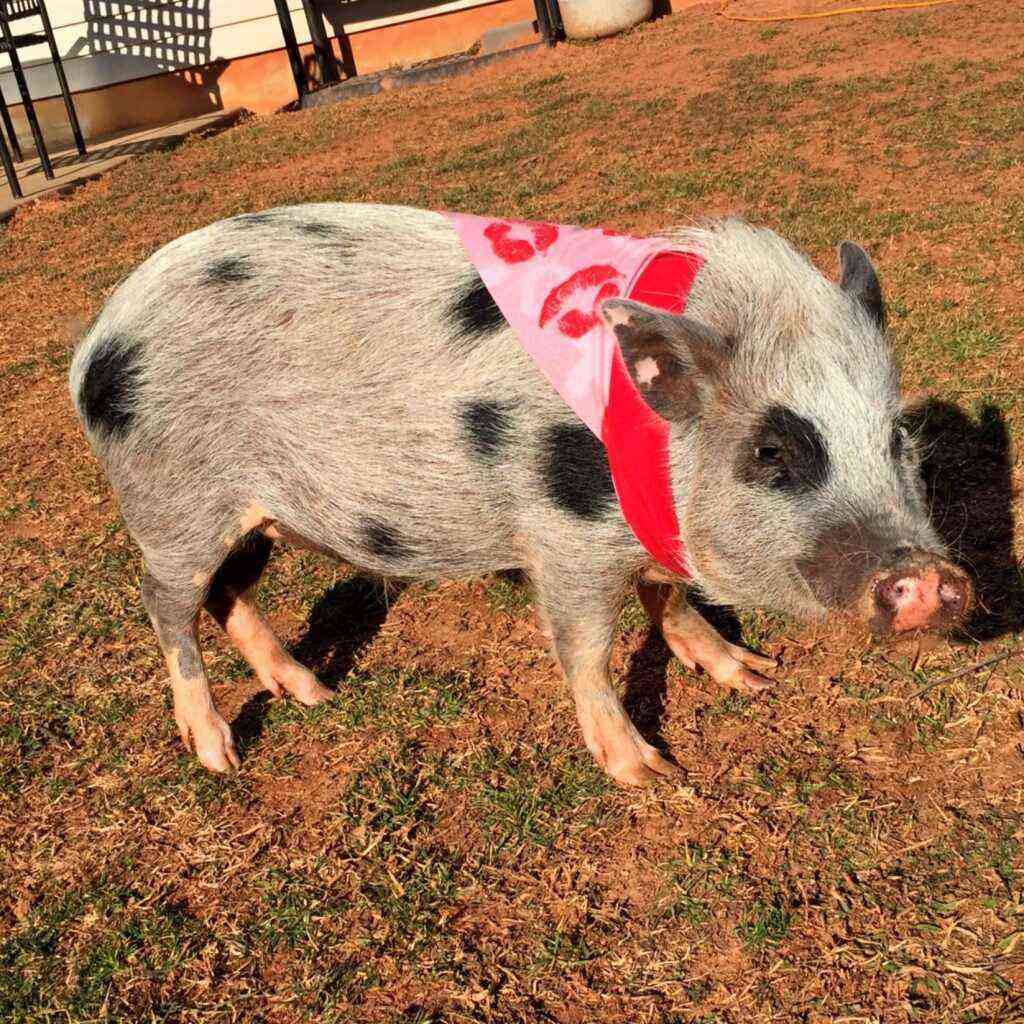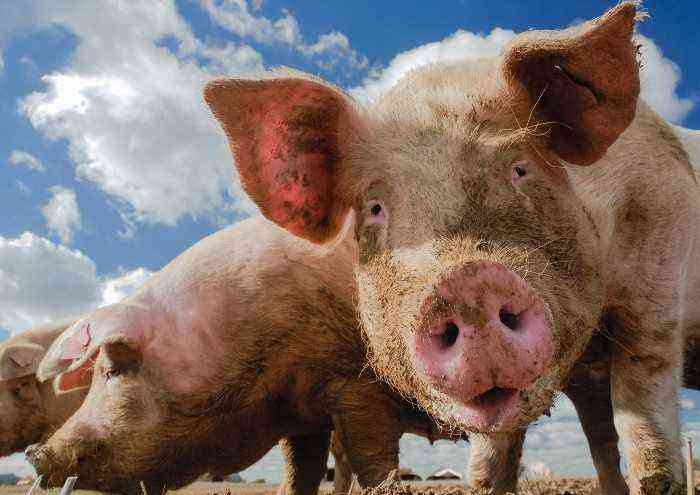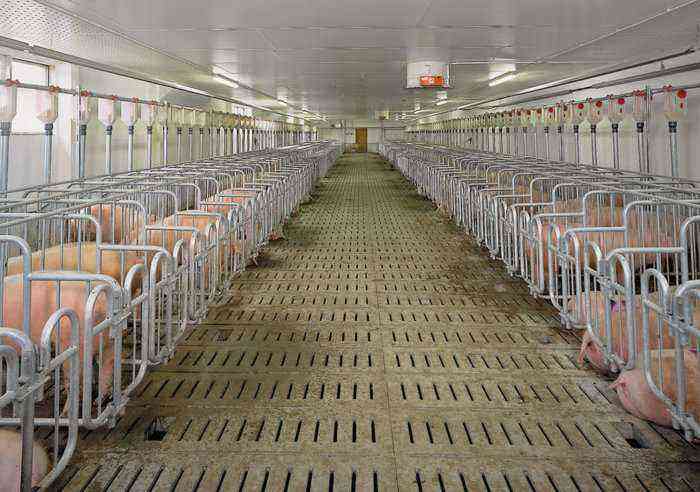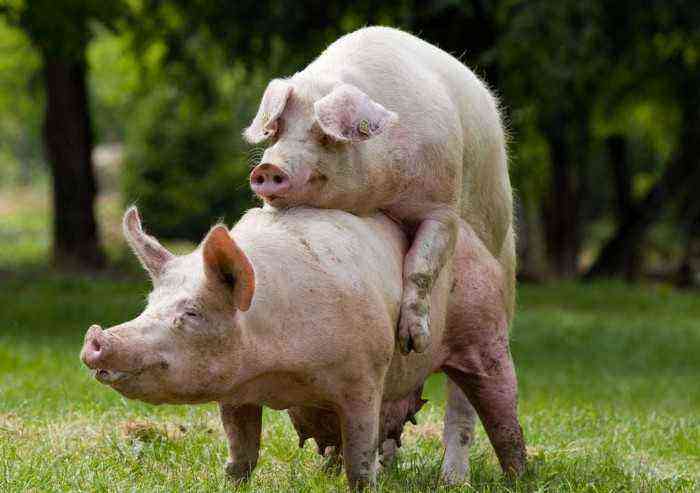Raising pigs is a business that requires attention from the farmer. If his animals get sick, he will suffer losses. That is why it is important to pay attention in time to various symptoms that indicate pathologies in the body. For example, if a piglet’s legs fail, you should immediately call a veterinarian for a diagnosis. This alarming symptom signals health problems and can accompany a variety of ailments. The reasons for its occurrence will be discussed in this article.
Piglet won’t stand up
Causes
There are many reasons why a piglet does not stand up on its hind legs. This condition can occur not only in young animals, but also in adults. Most often, an alarming symptom accompanies severe infectious diseases or appears when there is a lack of vitamins or trace elements in the animal’s body. If the pig has suffered severe stress, her legs may also fail. Consider the list of causes of this symptom in detail:
- Flu.
- Anemia.
- Polio.
- Lack of vitamins.
- Teschen disease.
- Stress.
Flu
The flu is a viral disease that spreads very quickly. The main outbreaks are observed in the cold season. The causative agent of the disease belongs to the orthomyxovirus genus. When introduced into the body of an animal, viruses are found mainly in the mucous secretion of the bronchi, lungs and trachea, secretions from the nasal passages, and in small concentrations in the blood and urine of sick individuals. If the disease is severe, the viruses also penetrate the gallbladder and spleen.
The source of infection are virus carriers and sick pigs, the main route of infection is airborne. Symptoms of influenza in pigs:
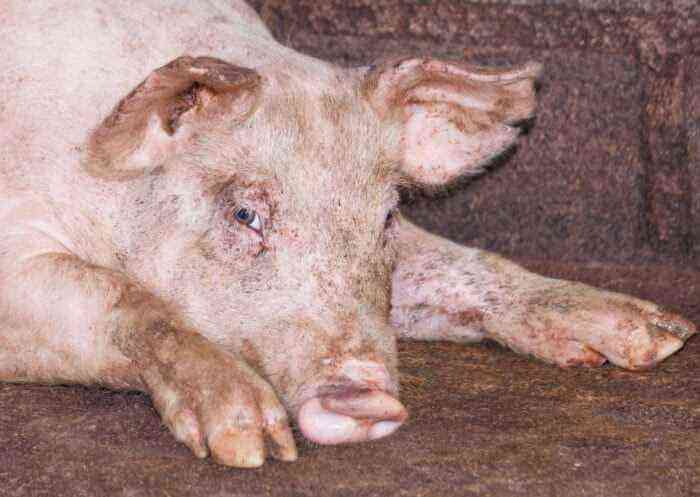
flu symptoms in pigs
- The temperature rises to 41,5-42 degrees.
- Weakness.
- Depression, loss of appetite.
- Flow of mucus from the nose, epistaxis.
- Difficulty breathing, coughing, sneezing.
- Cyanosis of the skin in the abdomen.
- Digestive disorders.
- The pig falls on its hind legs, as the joints and muscles are affected.
Reference. The prognosis for influenza in young animals is unfavorable – more than 30% of individuals die, since piglets are very difficult to tolerate the disease. In suckers, the infection almost always develops rapidly and affects the lungs.
Anemia
Iron deficiency in piglets causes anemia. The sow is not able to provide the newborns with this element sufficiently, therefore, by the 10th day after birth, the sucklings have an iron deficiency in the blood. That is why, a few days after birth, piglets are injected with iron-containing preparations. If this is not done, symptoms of anemia will soon appear:
- Loss of appetite, reluctant suckling of mother’s milk.
- Lethargy.
- Paleness of the skin and mucous membranes.
- Exhaustion.
- Puffiness.
- Growth retardation.
- Due to muscle weakness, piglets do not stand up on their hind legs.
Attention! Anemia can be fatal. These symptoms in pigs cannot be ignored.
Poliomyelitis (Teschen’s disease)
This disease is caused by an RNA-containing virus, assigned to the first serotype of enteroviruses, it affects only pigs. When infected, the prognosis is unfavorable, almost all individuals die from complete paralysis.

Paralysis in pigs
Symptoms:
- In the first two days, no manifestations of the disease are observed, with the exception of loss of appetite, lethargy and fever up to 41,5 degrees.
- In the future, the temperature will normalize.
- If the brain is affected, pigs behave excitedly, move involuntarily, breathe heavily, vomiting, teeth grinding, and hoarseness occur.
- With damage to the spinal cord, the symptoms are different – coordination of movements is disturbed, the animal falls to its feet, constantly lies, sometimes makes characteristic swimming movements. Soon there is complete paralysis.
Reference. Before death, there is a strong drop in temperature down to 35 degrees.
Lack of vitamins
With various avitaminosis, pigs also often do not lose the ability to stand on their feet. Consider the most common problems associated with a lack of vitamins, accompanied by this symptom.
- Lack of vitamin D. This type of beriberi causes rickets, in which bones gradually deform in animals. As a result, the pigs fall to their feet and hardly get up.
- Lack of vitamins A, E and selenium causes white muscle disease. It is characterized by symptoms – muscle weakness, a wobbly gait, a sitting dog posture, shoulder blades protrude above the vertebrae, convulsions.
- The lack of B vitamins is accompanied by disorders of the nervous system and often causes paralysis. Among other things, such avitaminosis is evidenced by increased excitability, stunting, exhaustion, hair loss.
Stress
Pigs are sensitive animals. They acutely endure various changes in the environment, it is difficult to adapt to new conditions. As a result of prolonged exposure to negative factors, they may experience a stressful state..

stress in piglets
It manifests itself differently in each individual – some animals move randomly, worry, squeal. Other pigs may have shortness of breath, blue tips of the ears, tail or snout (manifestations of heart failure). In some cases, convulsions or seizures are noted.
Attention! Severe stress can lead to a coma, suffocation as a result of spasms of the larynx.
Treatment
If the pig is not on its feet, it needs urgent treatment. There is no single scheme for it, since leg failure is not a disease, but only a symptom of many ailments. To help the animal, you need to find out the cause of such a pathology.
If a pig is sick with the flu, it is immediately isolated, provided with peace, diet food and plenty of drinking are organized. When the lungs are affected, sulfa drugs and cephalosporin antibiotics are used.
When anemia is the cause of leg failure in a pig, it is necessary to compensate for the lack of iron in the body. Iron supplements help with this.
Poliomyelitis or Teschen’s disease, unfortunately, has no cure.. It is better to send a sick individual for slaughter immediately, you should not wait until she dies of paralysis. The room is disinfected to prevent the spread of a dangerous virus.
If a pig suffers from beriberi, the farmer’s task is to make up for the lack of vitamins and minerals in her body. For this, special preparations, vitamin complexes are used. It is equally important to diversify the diet of the animal, to increase the supply of food and feed, which contain a large amount of missing substances.
With stress, treatment is carried out symptomatically. The main attention is paid to the organization of normal conditions of detention and good nutrition. In order to increase immunity, pigs are given adaptogens, for example, eleutherococcus.
Preparations
For the treatment of pigs whose hind legs have failed, various drugs are used, depending on the diagnosis:
- Antibiotics.
- Vitamins.
- Immunoglobulins, adaptogens.
- Anticonvulsants.
Let us consider specifically which drugs belong to each of the listed groups.

Amoxican
Antibiotics help destroy the bacterial infection. In veterinary medicine, drugs of the penicillin and cephalosporin series are widely used – Amoxisan, Sulfetrisan, Ceftiosan, Enrostin, Bicillin, Streptomycin.
In case of leg failure as a result of beriberi, vitamin supplements are used. The drug Tetravit contains vitamins A, E, D3 and F. It can be used for rickets, as well as white muscle disease, when the pig does not stand up. Multivit – another drug in the form of injections, contains a whole complex of vitamins. Suiferrovit is an iron-containing drug.
Weakened piglets need to increase the body’s resistance so that they recover faster. Trobig life start – contains immunoglobulins, vitamins and probiotics.
Anticonvulsant drugs are used to increase muscle tone. These include – Gluferal, Hexamidin, Difenin.
Prevention
Preventive measures will help avoid leg failure in piglets. These include:
- Providing pigs with complete nutrition, including vitamin supplements.
- Keeping animals in good conditions, in warm and dry rooms.
- Timely feeding of newborns with colostrum.
- To avoid infection of young animals with polio or influenza, do not allow walking and grazing together with adults, possible virus carriers.
The failure of the hind legs of a piglet should alert the farmer. This symptom is often associated with dangerous diseases that affect the central nervous system, vitamin deficiencies and infectious diseases. In each case, you need the help of a veterinarian who will diagnose and prescribe treatment.


